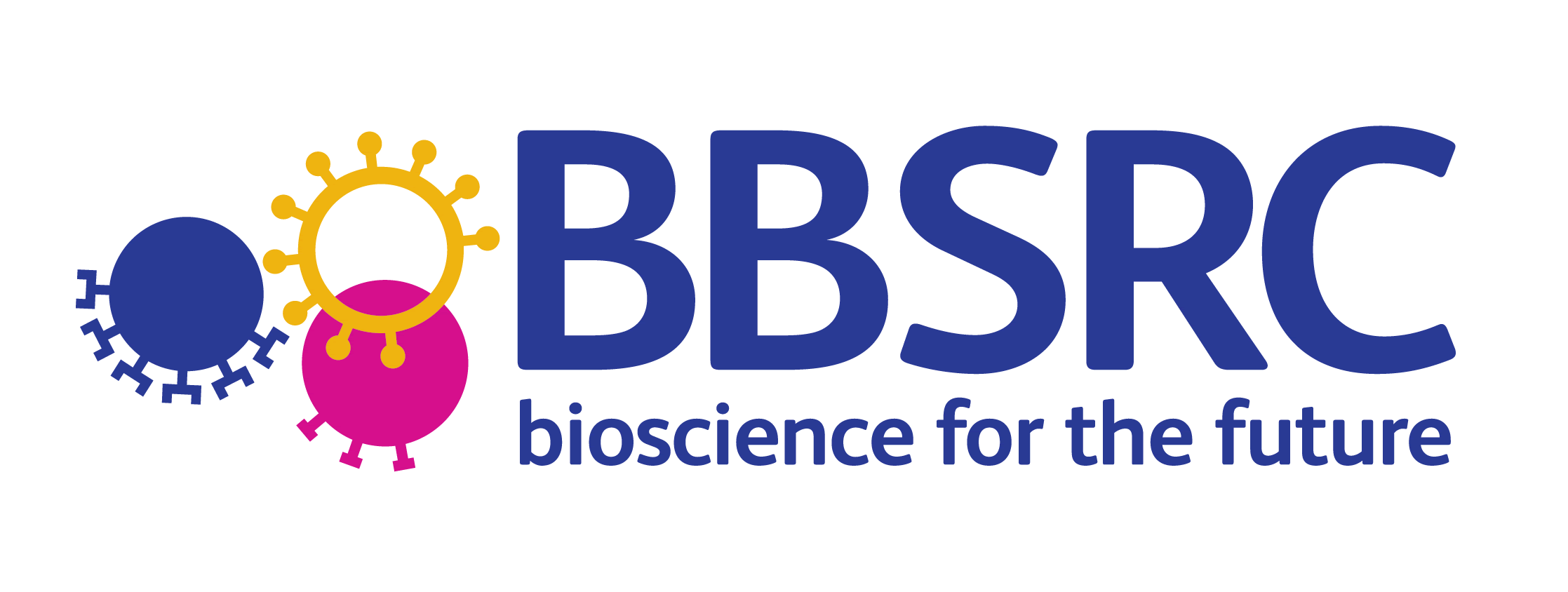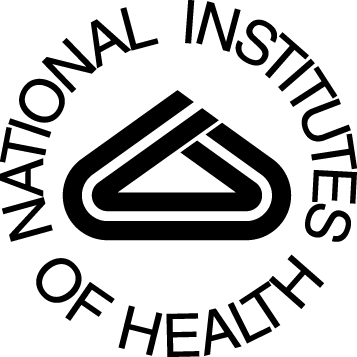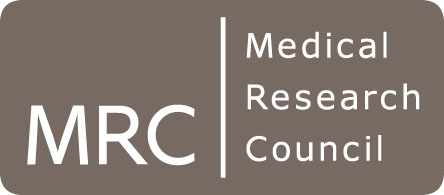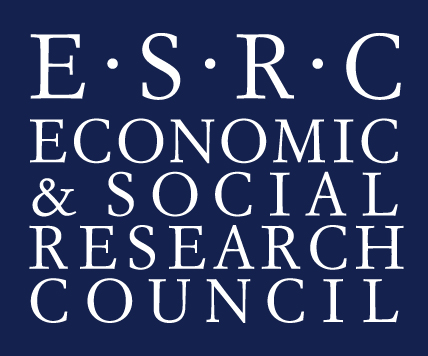New article on Text Mining for Computational Neuroscience
2018-11-21
We are pleased to announce the publication of a new article in Neuroinformatics describing work on applying text mining methods to aid computational neuroscience.
Shardlow, M., Ju., M., Li, M., O'Reilly, C., Iavarone, E., McNaught, J. and Ananiadou, S. (2018). A Text Mining Pipeline Using Active and Deep Learning for Curating Information in Computational Neuroscience. Neuroinformatics
Abstract
The curation of neuroscience entities is crucial to ongoing efforts in neuroinformatics and computational neuroscience, such as those being deployed in the context of continuing large-scale brain modelling projects. However, manually sifting through thousands of articles for new information about modelled entities is a painstaking and low-reward task. Text mining can be used to help a curator extract relevant information from this literature in a systematic way. We propose the application of text mining methods for the neuroscience literature. Specifically, two computational neuroscientists annotated a corpus of entities pertinent to neuroscience using active learning techniques to enable swift, targeted annotation. We then trained machine learning models to recognise the entities that have been identified. The entities covered are Neuron Types, Brain Regions, Experimental Values, Units, Ion Currents, Channels, and Conductances and Model organisms. We tested a traditional rule-based approach, a conditional random field and a model using deep learning named entity recognition, finding that the deep learning model was superior. Our final results show that we can detect a range of named entities of interest to the neuroscientist with a macro average precision, recall and F1 score of 0.866, 0.817 and 0.837 respectively. The contributions of this work are as follows: 1) We provide a set of Named Entity Recognition (NER) tools that are capable of detecting neuroscience entities with performance above or similar to prior work. 2) We propose a methodology for training NER tools for neuroscience that requires very little training data to get strong performance. This can be adapted for any sub-domain within neuroscience. 3) We provide a small corpus with annotations for multiple entity types, as well as annotation guidelines to help others reproduce our experiments.
| Previous item | Next item |
| Back to news summary page |
Featured News
- 1st Workshop on Misinformation Detection in the Era of LLMs - Presentation slides now available
- Prof. Ananiadou appointed Deputy Director of the Christabel Pankhurst Institute
- ELLIS Workshop on Misinformation Detection - Presentation slides now available
- Prof. Sophia Ananiadou accepted as an ELLIS fellow
- BioNLP 2025 and Shared Tasks accepted for co-location at ACL 2025
- Prof. Junichi Tsujii honoured as Person of Cultural Merit in Japan
Other News & Events
- AI for Research: How Can AI Disrupt the Research Process?
- CL4Health @ NAACL 2025 - Extended submission deadline - 04/02/2025
- Invited talk at the 15th Marbach Castle Drug-Drug Interaction Workshop
- Participation in panel at Cyber Greece 2024 Conference, Athens
- Shared Task on Financial Misinformation Detection at FinNLP-FNP-LLMFinLegal








